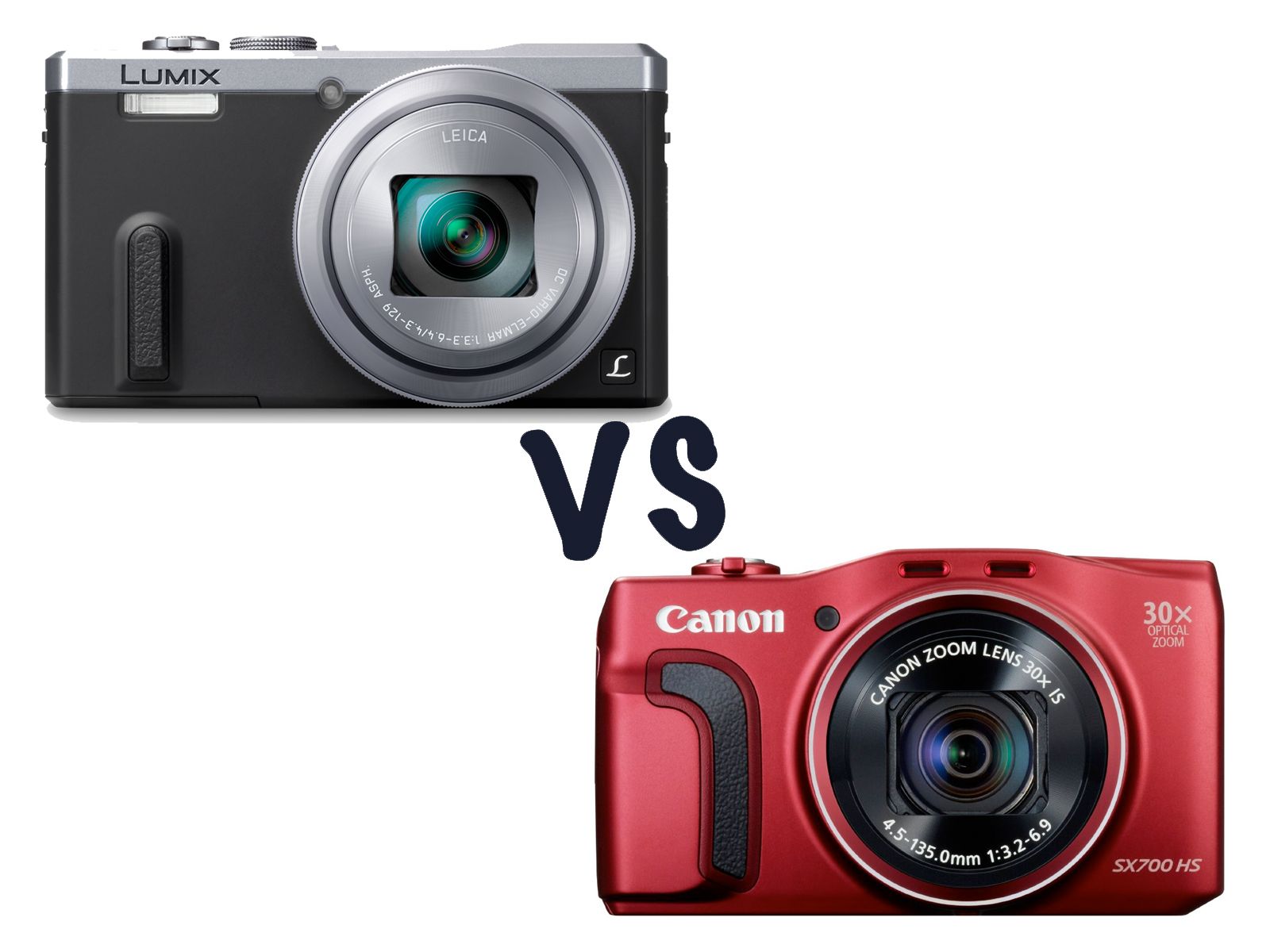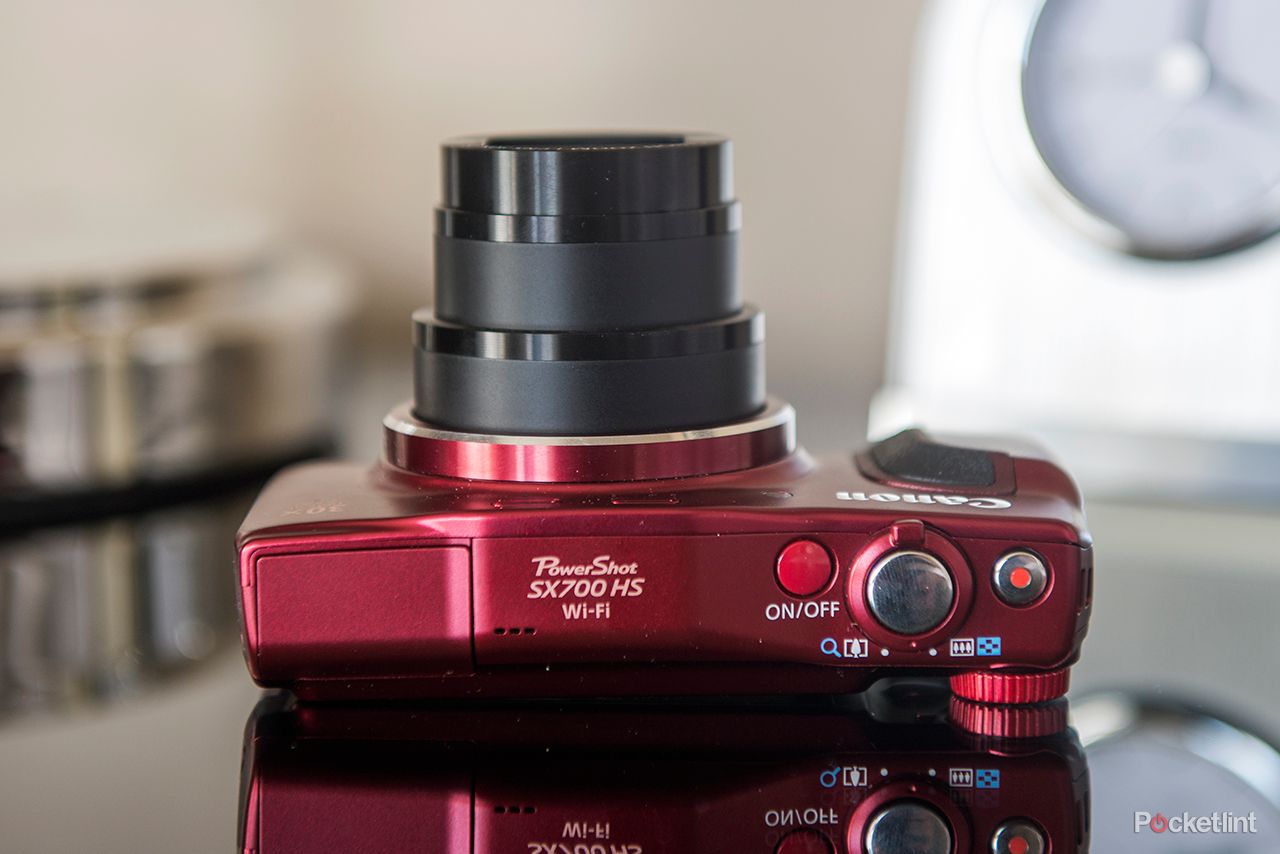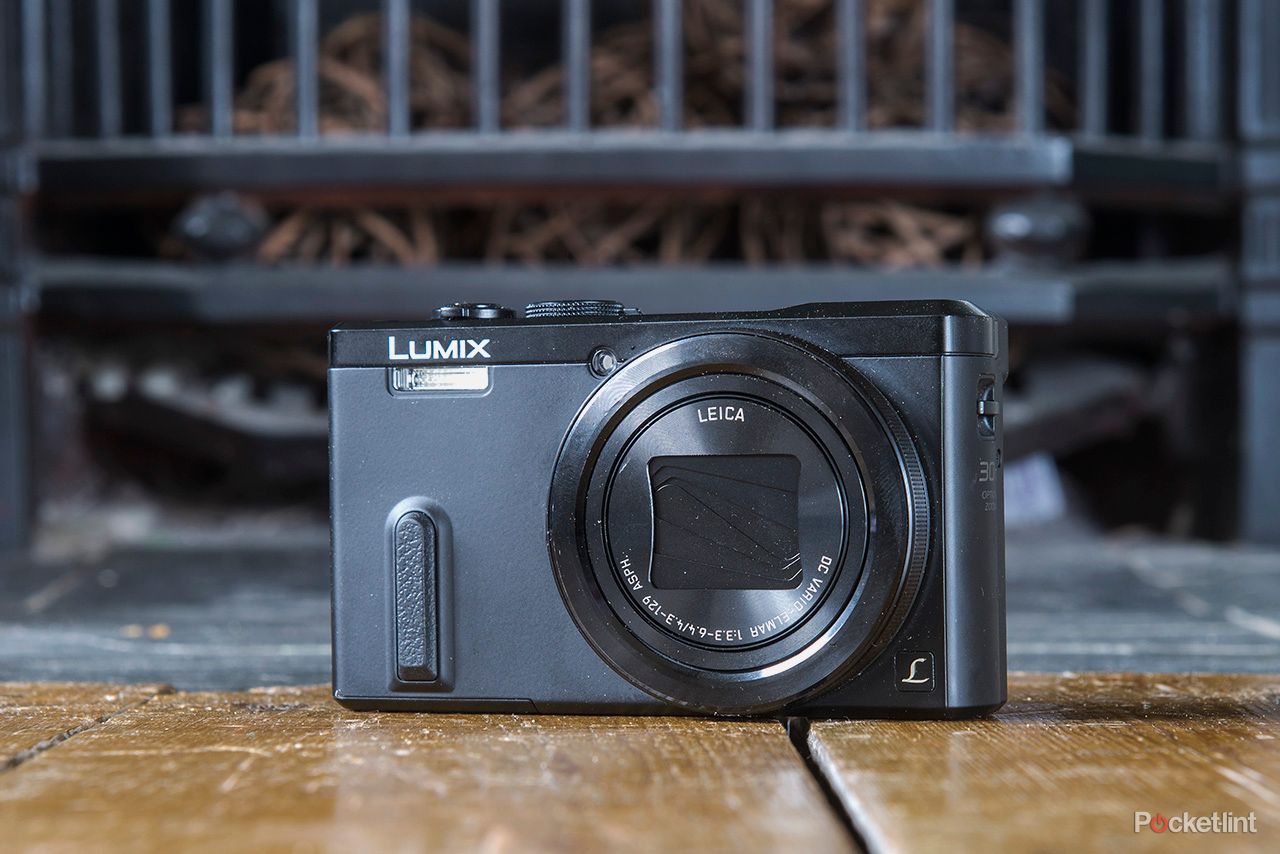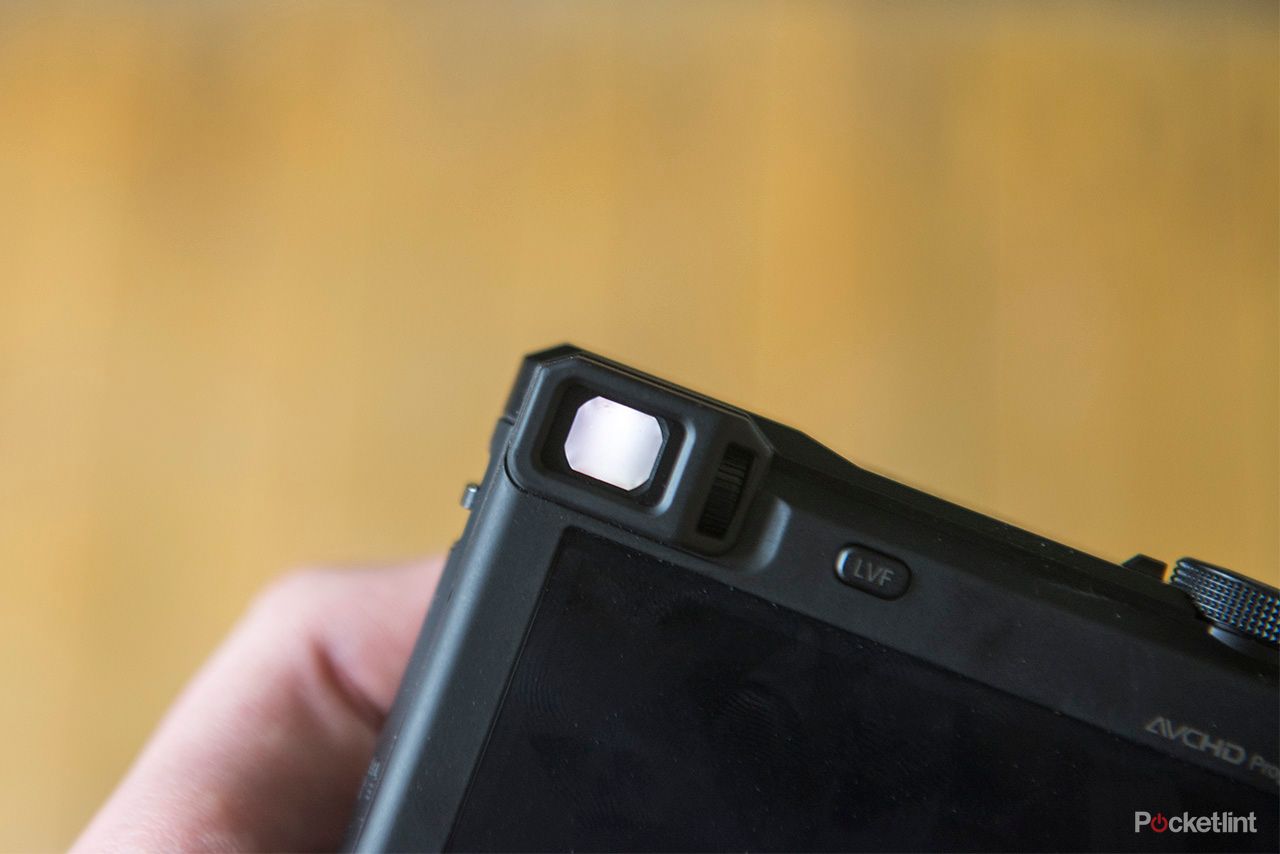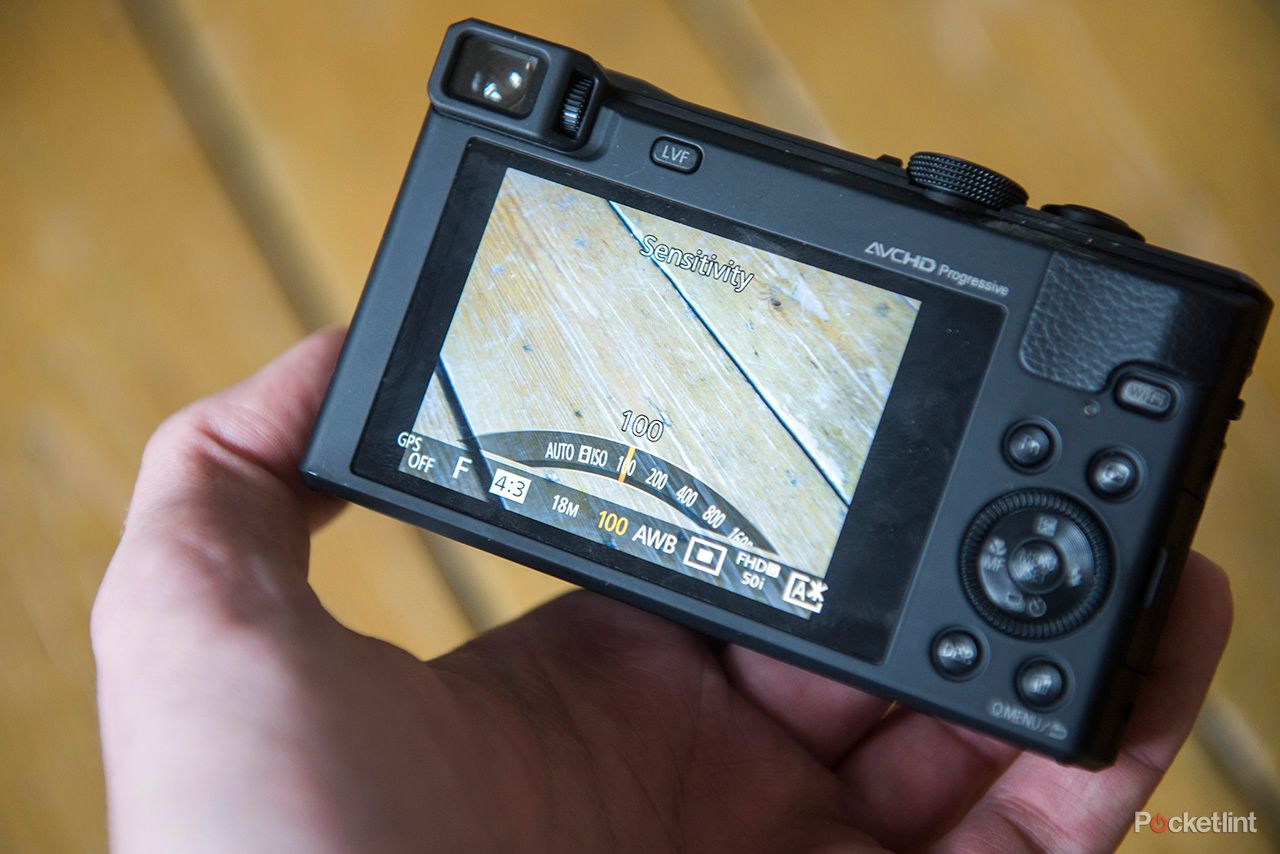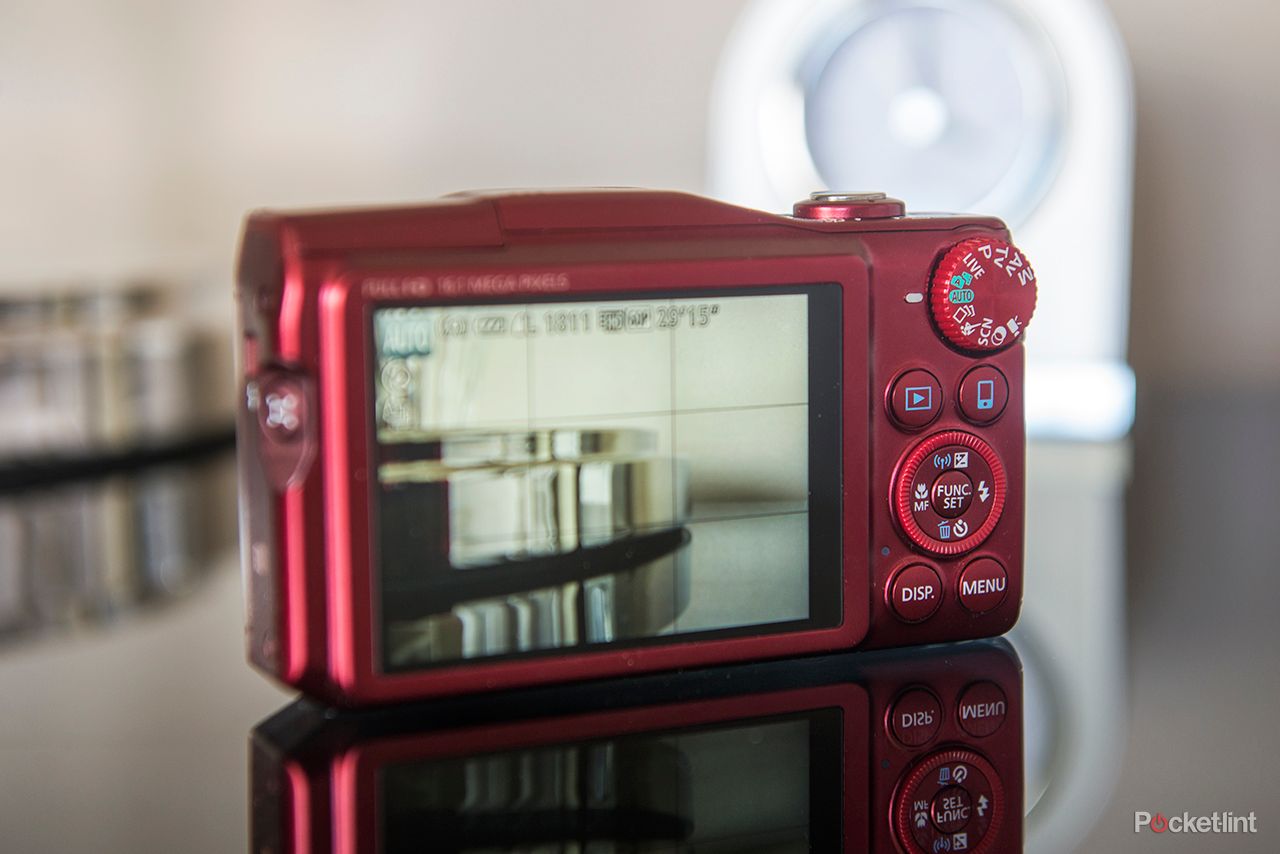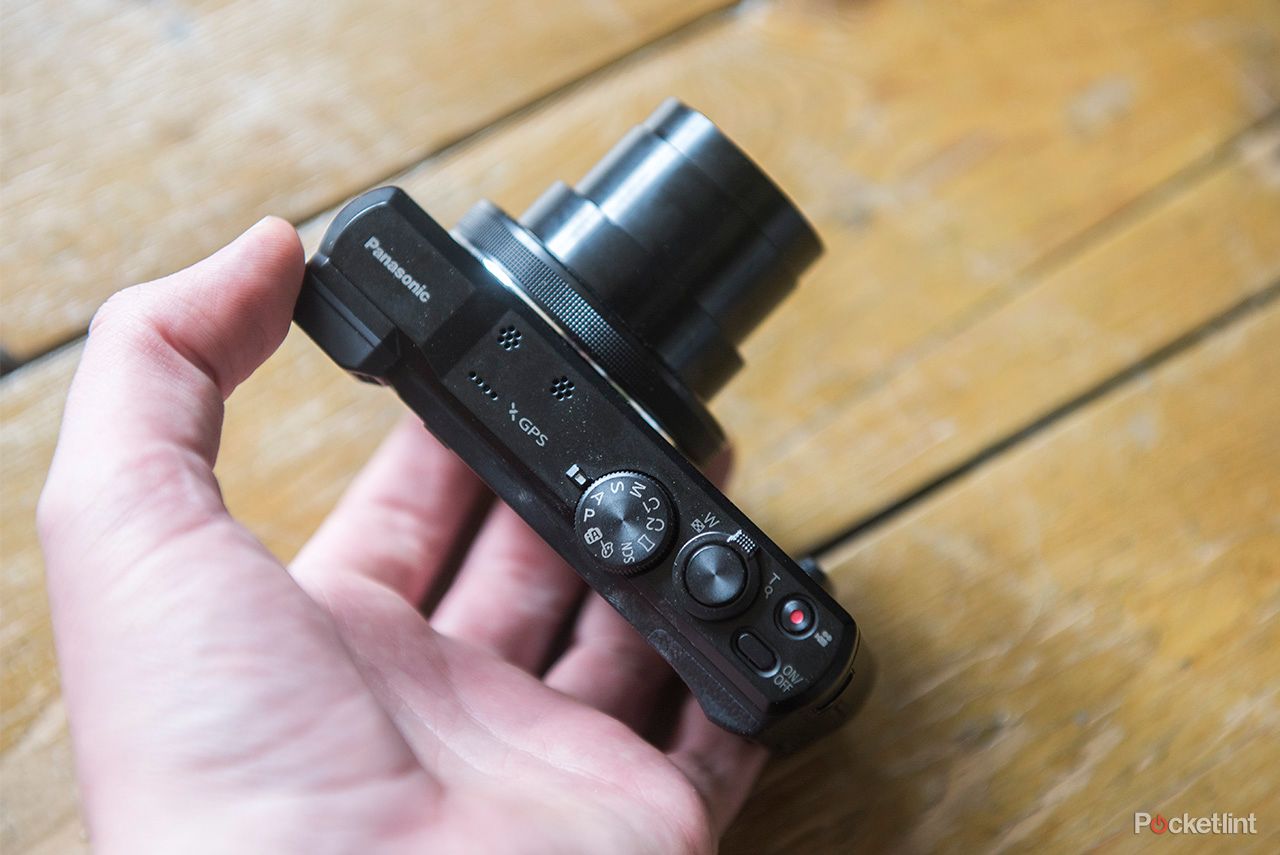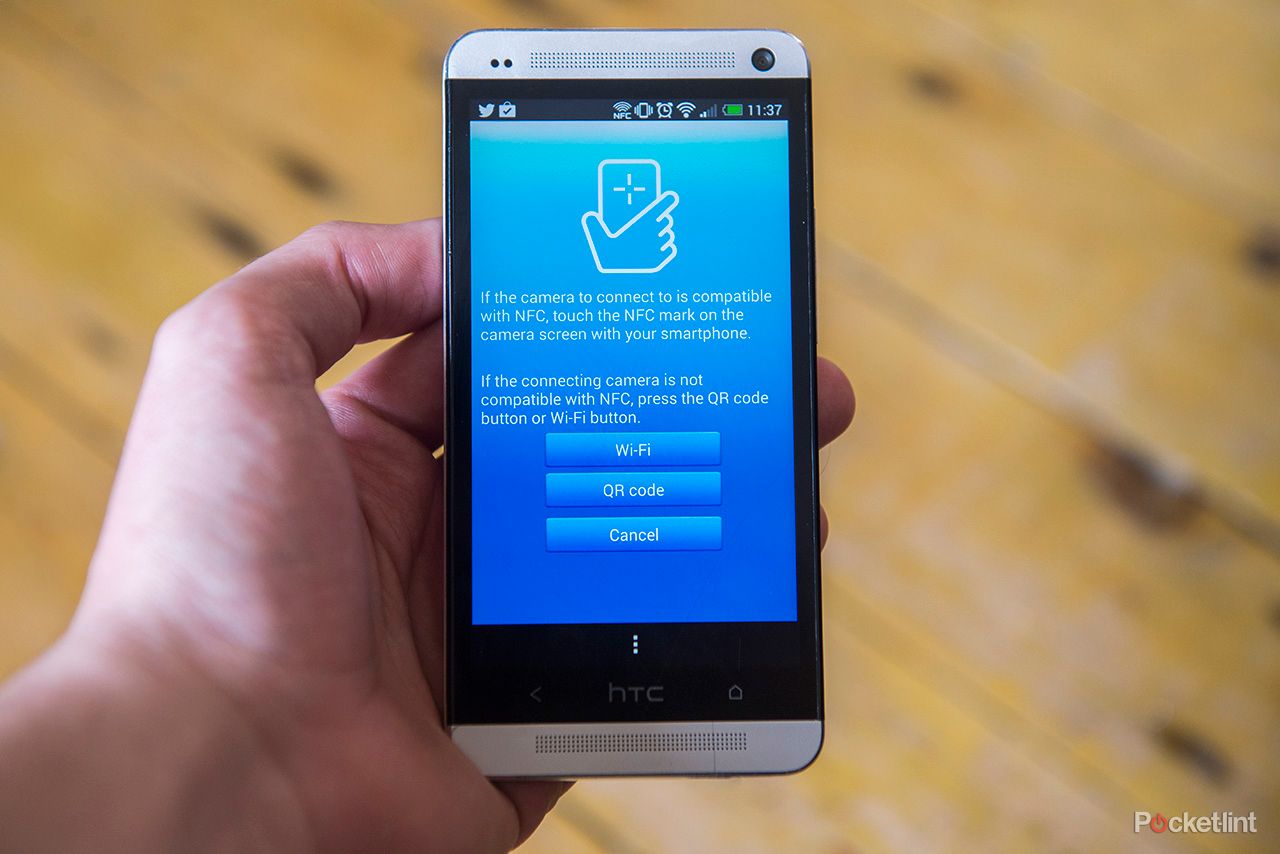For when your smartphone camera isn't enough you'll want a do-it-all compact camera with a significant zoom. Here we pitch two of our favourites head to head: the Panasonic Lumix TZ60 and the Canon PowerShot SX700 HS.
Both models pack in a 30x optical zoom, meaning you can shoot wide-angle to fit lots into the frame, or zoom right in to make far-away subjects appear as though they're filling the frame. Despite the zoom smarts, both models are relatively pocketable - or you could at least fit either into a bag or coat pocket.
But of the two which of these travel zooms is best? When you're spending hard-earned cash on a camera, it's not a case of crossing your fingers and hoping for the best. Here's our run-down of both models.
Focal length
You might have spotted all sorts of numbers strewn across lens barrels and though ‘what the heck'? We'll simplify what those numbers mean here.
The Panasonic TZ60 has a 24-720mm equivalent zoom lens. The smaller the number, the wider-angle, and the more you'll fit in a scene. The bigger the number, the longer the focal length, and the more that far-away subjects will fill the frame. The zoom can slide incrementally between the widest and longest focal lengths to cater for all manner of shots.
The Canon SX700 HS, on the other hand, delivers a 25-750mm equivalent zoom lens. Very similar to the Panasonic, but you'll squeeze ever so slightly less into the frame at the wide-angle and get a bit more reach at the long end.
The difference between the two in that department is negligible. We'd call it a draw.
Aperture
The next set of numbers - and the ones that often confuse the bejesus out of people, so you may want to skip to the next heading - refer to the maximum aperture available. In cameras such as these that's not something of crucial importance.
An aperture is the opening that controls much light can enter the camera at a given focal length. A wide aperture (the smaller the number the wider) is really useful for better quality results in low light, avoiding blur that can occur from longer hand-held exposures or, in daylight, helping to "blur" the background.
However, utilising the full extent of the zoom will exaggerate the blurred background effect even on cameras such of these. Because physics says so.
The Panasonic TZ60 has an f/3.3 maximum at its widest angle, shrinking to an f/6.4 maximum at the long end, while the Canon delivers f/3.2 and f/6.9. It's a negligible difference and, if anything, these numbers show that we're not talking about pro-level (you may spot f/1.8 on some high-end cameras).
Viewfinder
This is the Panasonic TZ60's trump card. Tucked to the rear of the camera is a small 0.2-inch panel that you can use instead of the rear screen. That can be of use when sunlight is too bright to make the rear LCD screen visible, or you may just prefer it as a way to compose a shot.
Our only qualm with the viewfinder is that it's not the best out there. It was never going to be at this price point. So evaluate your expectations.
But at least it does have one, which isn't something the Canon can boast. So that's a Panasonic victory.
Screen
You'll be composing shots and previewing what you've taken on the rear screen, so the higher the resolution the better to see your shots in detail. Ample brightness is also useful to counteract all conditions.
Both Panasonic TZ60 and Canon SX700 have 3-inch screens with varying levels of brightness available. Neither can tilt on an angle for waist-level or overhead work like some other cameras offer. So it's level-pegged there.
Much the same can be said for resolution: both have a 921k-dot resolution (approx). Now that might sound super-high, but the "dot" expression is the thing to focus on here. A dot is each of the three colours - red, green and blue - that combine to make up one pixel. So both cameras actually offer a 307k-pixel total resolution, which is about one seventh of a Full HD television. Doesn't sound so lofty now, but such resolution is only one step down from what even top-level cameras offer however.
Physical size
Perhaps one of the most crucial factors is how much pocket space a camera takes up. The Panasonic TZ60 measures 110.6 x 64.3 x 34.4mm, whereas the Canon SX700 HS is 112.7 x 65.8 x 34.8mm.
There's not much in it, but every millimetre counts, and the Panasonic TZ60 - which also includes that viewfinder, don't forget - is the winner here.
Build quality
It's always tricky to tell what something feels like from a picture online. A number of product images you see these days aren't actually products at all - they're computer generated images.
Fortunately we've reviewed both cameras during 2014 so we know what to expect - and both have plastic exteriors. Neither is going to blow your socks off in terms of build, but both models are sturdy enough constructions. We're not hugely keen on the protruding plastic rear dial on the Canon however.
READ: Panasonic TZ60 review | Canon SX700 HS review
If you like being a bit more colourful, though, then the Canon is available in either black or red, compared to the black-only option of the Panasonic.
Image quality
Perhaps one of the biggest things to consider when buying a camera is how good the images are. Just don't get caught up in the megapixel battle too much as more isn't necessarily better on a small imaging sensor's surface.
The Panasonic Lumix TZ60 features an 18.9-megapixel sensor, while the Canon PowerShot SX700 HS dons a 16.1-megapixel solution. Both are the same size, at 1/2.3in, but the Canon's is back-lit - which means the construction is different to allow a more direct light path for cleaner signal and results.
Of the two, the higher-resolution Panasonic doesn't deliver the same degree of spangly colours or the level of bite that the Canon does. The SX700 is also the better performer in low light. Indeed, in this case, less is more, seeing the Canon take the imaging crown.
However, we do have to say that the difference between the two - especially if you're just sharing shots online - isn't so strikingly different that you'll always spot it. Both perform well.
Autofocus
The way a camera works to snap that shot is obviously of key importance too, and something not to be overlooked. While the speed of autofocus between Canon and Panasonic isn't drastically different, there's greater variety and accessibility to the TZ60's autofocus options. The Canon feels far more basic and therefore limited in this department.
However, neither model has a touchscreen, so it's not possible to tap a subject on the screen to focus. Which is particularly odd for the TZ60 as its predecessor, the TZ40, offered that feature a year earlier.
Both models work well for point-and-shoot work, slowing down at the longest reaches of their zoom. But for added complexity when you need it, the Panasonic TZ60 is the model to pick.
Advanced options
Point-and-shoot is catered for from both models. Or, should you want to expand your photographic horizons, both offer manual controls too with dedicated mode dials included.
Our preference is for the TZ60's layout and user interface over the Canon. It's just the better looking model.
Wi-Fi and sharing
In this internet age you'll want to share your images. Both Canon and Panasonic offer smartphone app-based solutions for iOS and Android devices to connect directly to the camera via Wi-Fi. There's NFC (near field communication) for one-touch communication too.
However, the Panasonic solution lacks elegance because you have to sign up to a Panasonic Lumix Club. We just want to share direct to Twitter and Facebook with ease, not jump through hoops.
The Canon CameraWindow application is a more efficient solution in our view, which sees the Canon take the Wi-Fi crown.
However, the Panasonic offers built-in GPS for geo-tagging images when and where they were taken, which is useful for categorising shots. The Canon can only achieve this by plugging into a smart device's GPS via Wi-Fi.
Conclusion
If there was ever close-run competition then these two cameras epitomise that. The TZ60 is more fully featured, we prefer the autofocus system, build and layout - but it's also the pricier option at £289.
The flip side to that is the Canon. It may not look quite as premium, and lacks the viewfinder, but you'll also save a lump of cash. For £209 it's a good buy and produces the slightly preferable pictures.
Choose fully featured with the Panasonic, or save a bit of dosh, surrender some features, and the Canon also creates a strong argument. The choice is yours.

